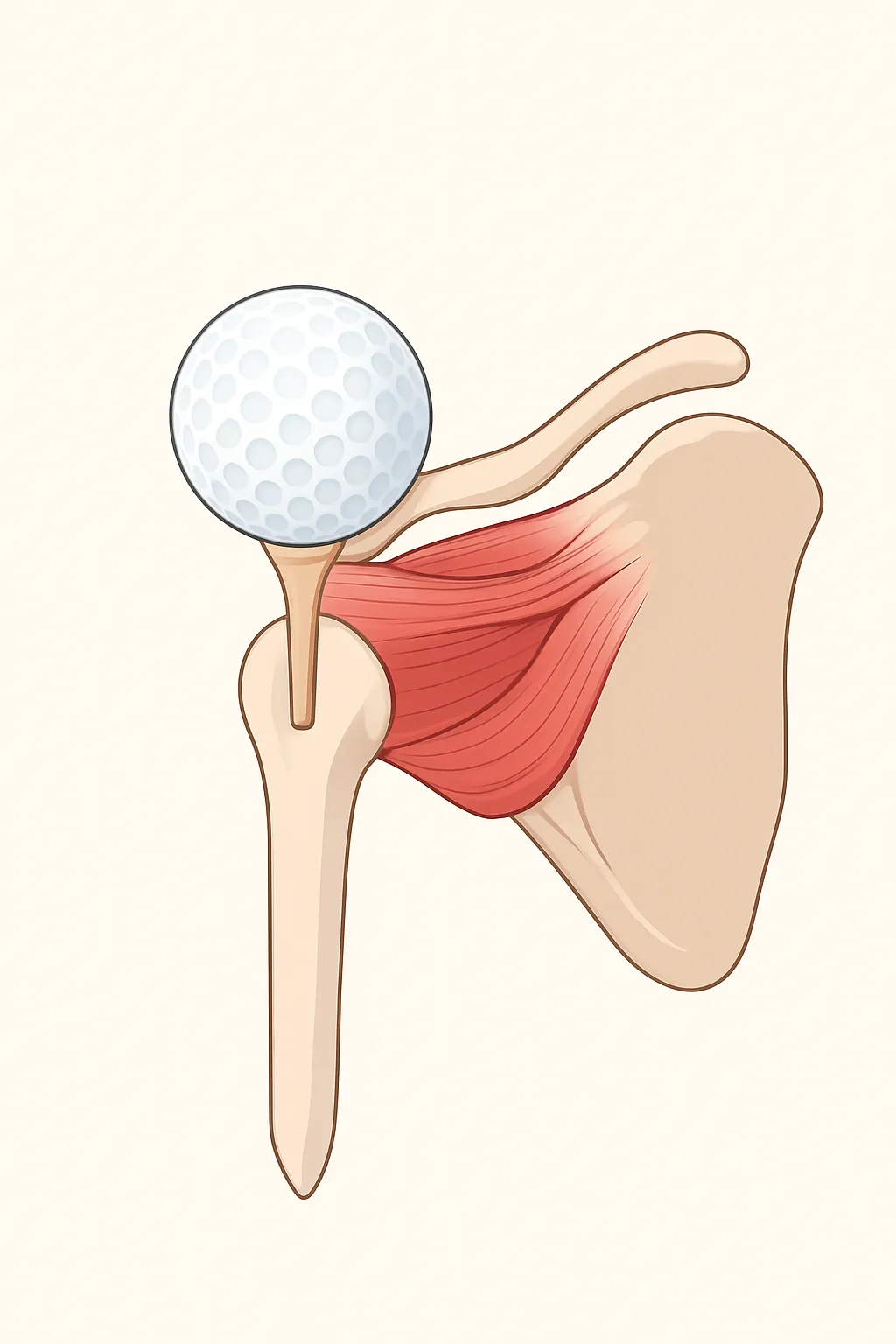
Keys to Shoulder Health


"Success is not final, failure is not fatal: it is the courage to continue that counts"-Winston Churchill
🏋️ 3 Keys to Shoulder Health
Your shoulder is one of the most mobile joints in your body. That’s awesome for daily activities and sports—but the downside is that more mobility = less stability.
Think of your shoulder like a golf ball (arm bone)balancing on a golf tee (shoulder socket). The ball is big, the tee is small—so there isn’t much natural stability. Instead, your shoulder relies on muscles, tendons, ligaments, and the rotator cuff to keep things in place.
When these support systems don’t work together, the result is often pain, irritation, or even injury.
Here are 3 keys to keeping your shoulders strong, healthy, and navigate pain.
1. Keep Your Mid-Back Moving (Thoracic Mobility)
Your shoulder blade slides and moves along your mid-back. If your spine is stiff, your shoulder blade can’t move properly, which limits how well your arm works.
👉 Why it matters: Good mobility here makes it easier to reach overhead, lift, and move without pinching or straining your shoulder.
2. Build Rotator Cuff Strength
Your rotator cuff muscles act like “anchors” for the golf ball on the tee. When they’re strong, your shoulder stays centered and stable no matter which way you move.
👉 Why it matters: Strong rotator cuff muscles protect your shoulder during lifting, throwing, and daily activities. Weak ones leave your joint vulnerable.
3. Train Scapular Control (Shoulder Blade Strength)
Your shoulder blade is the foundation for shoulder movement. Muscles around it work in rhythm to help you lift and lower your arm smoothly. If that rhythm is off, your shoulder muscles work overtime and wear down.
👉 Why it matters: Better scapular control keeps your shoulder moving efficiently and prevents overload on the rotator cuff or biceps tendon.
The Takeaway
A healthy shoulder isn’t just about the shoulder itself—it’s about your spine, rotator cuff, and shoulder blade working together. Keep these three areas strong and mobile, and you’ll be setting yourself up for long-term shoulder health
▶️Want some simple ways to put this into practice?
Check out our favorite shoulder exercises to help you improve mobility, build stability, and keep your shoulders moving their best.



